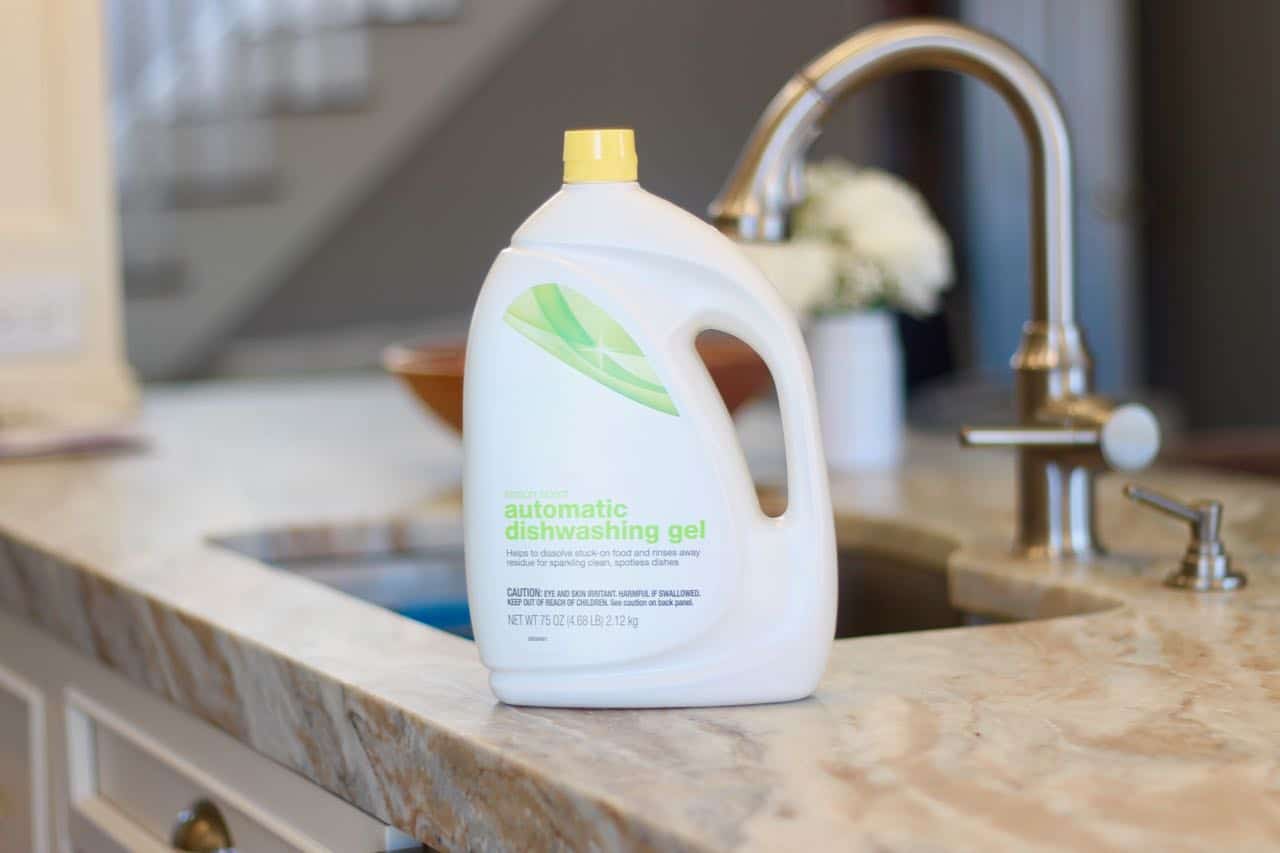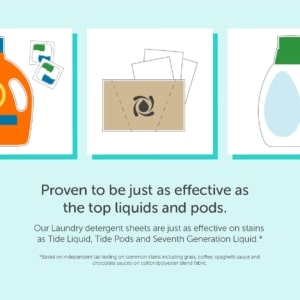
When it comes to doing dishes, we just all really want them to be done. The last thing most of us want to spend time doing is researching which ones contain harmful chemicals, but (lucky for you!) we find this sharing this information fun and rewarding, so we did it for you. And, since we clean our plates (which we then eat off of!) with these products, it’s particularly important to find a safer option for your family. Here are the top 5 ingredients to avoid when you’re looking for a chemical free dishwasher detergent.
Choosing a toxic chemical free dishwasher detergent: top 5 ingredients to avoid
- Fragrances – The word “fragrance” seems simple enough. But in reality, a “fragrance” when listed on an ingredient label, is not just one thing. Each fragrance is made up of many ingredients, sometimes hundreds. These ingredients don’t have to be disclosed on ingredient labels because they’re considered “trade secrets”. Since the fragrance industry is self-regulated, there’s no watchdog making sure that the chemicals used in the creation of these pleasant smelling chemicals aren’t actually making you sick. For example, phthalates are a common ingredient in both “natural” and “synthetic” fragrances and phthalates have been linked with serious health issues. The presence of “fragrances” in your dishwashing detergent means that your soap could cause asthma, allergies, and endocrine disruption. If that isn’t enough of a deterrent to encourage you to seek out a chemical free dishwasher detergent, think cancer, reproductive toxicity, and other sensitivities the next time you go to the grocery store to pick a dishwashing product.
- Polyacrylates – With these the concern is around the impurities that tend to be present alongside them including acrylic acid, 2-ethylhexyl acrylate, and methacrylic acid. Acrylic acid is known for causing eye damage and severe burns as well as allergic dermatitis and respiratory irritation. It’s also toxic to aquatic life.
- Methylsothiazolinone – This preservative is extremely common in cleaning products labeled as “natural” even though it is linked with inhalation toxicity, dangerous allergic reactions and possible neurotoxicity. Again because cleaning product manufacturers aren’t required to list all their ingredients, it’s hard to know what products it is in. Our advice is to look for cleaning products that say they are preservative-free or MIT free or CMIT free.
- Benzisothiazolinone This is an antimicrobial agent found in personal care products and cleaning products. It’s notorious as a skin, eye, and lung irritant and it’s also an environmental pollutant that’s toxic to fish.
- Sodium hypochlorite is also known as bleach. It is used because of its broad spectrum antimicrobial function in cleaning products. Sodium hypochlorite is corrosive to eyes and skin, can cause throat irritation and gastric burns, is a respiratory irritant and is associated with acute or chronic bronchitis. OSHA requires that workers use it only while wearing a mask and gloves. It is deadly when swallowed by children and it is one of the most common chemicals accidentally swallowed by children. When mixed with other cleaning agents like ammonia, deadly chlorine vapors are emitted.
Learn More
Next time you’re in the grocery store, make finding a chemical free dishwashing detergent easier with the EWG’s Healthy Living app. Just scan the barcode on a product to see an ingredient breakdown on it and over 200,000 other products and how they rate in terms of safety. With handy ratings and information, resources like this help take the guesswork out of picking products without putting the burden of extensive research on your shoulders.



